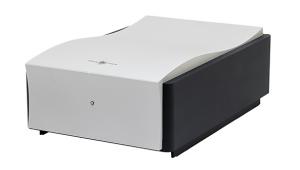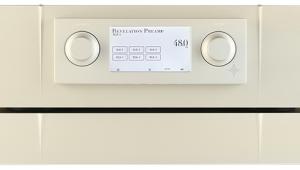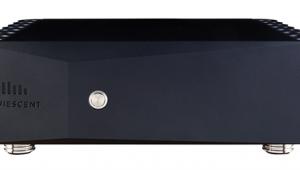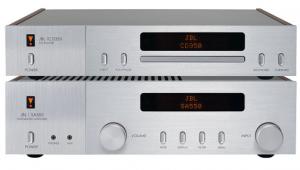Parasound Halo A21 (£2350)
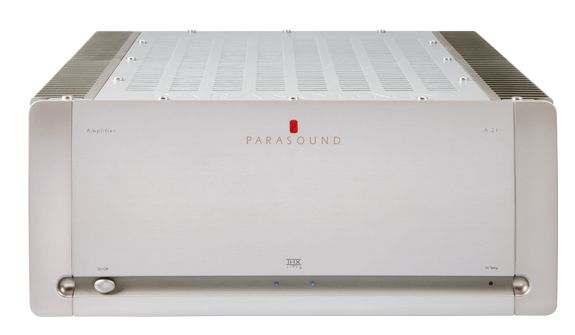
As with Canada’s Anthem electronics, San Francisco’s Parasound components are often found powering luxurious multichannel ‘home theatre’ systems. Unlike Anthem, however, Parasound does make pure audio (as well as AV) preamps to partner some of its power amps, especially its two-channel models.
Designed in the US by John Curl, a veteran whose CV includes classic Mark Levinson and Vendetta designs in years gone by, Parasound’s amps are outsourced to Taiwan for manufacture – which might explain the keen pricing. This A21 power amp from the flagship Halo range suggests a lot for the money, weighing 27kg and resplendent in classy casework.
Its Class A input and driver stages employ JFETs and MOSFETs, while the Class A/B output stage uses 16 bipolar transistors, four pairs for each channel. The power supply features an encapsulated 1.2kVA toroidal transformer with independent secondary windings for each channel and four 25,000μF Elna capacitors. The design is direct coupled and includes DC servo and relay protection circuits. The A21 is also THX Ultra2 certified – not, I suspect, that you’d care one jot. But you might care about the A21’s greedy 149W power consumption at idle! Signal-sensing auto power on/off, in addition to 12V triggering, is a welcome inclusion.
A CLASS ACT
Its luxurious appearance is more than skin deep. Parasound’s A21 dispensed truly sumptuous sound from Maxwell’s ‘Everwanting…’ with oodles of bass grunt and tight precision. The singer’s soulful multi-tracked vocal lines were depicted exquisitely within the track’s myriad percussion details. Demonstrating the control and grip of the Bryston and Anthem but with the velvety midband richness of the ATC, the Parasound’s ability to resolve detail, while remaining composed and easy on the ear, proved the equal of my ‘reference’ Levinson amplifier.
Where the amplifier showed its true prowess was with the challenging live orchestral recording of ‘Ride Of The Valkyries’, the light and shade of the orchestra sounding smooth and silky, or glossy and vibrant, as the piece demanded. Similarly it was unfazed by the thick production of the Robert Plant track, remaining clear and open throughout. Norway’s Trondheim Soloists were wonderfully real, 2L’s supreme fidelity made clearly abundant thanks to the A21’s transparency to the source.
Originally published in the November 2011 issue






